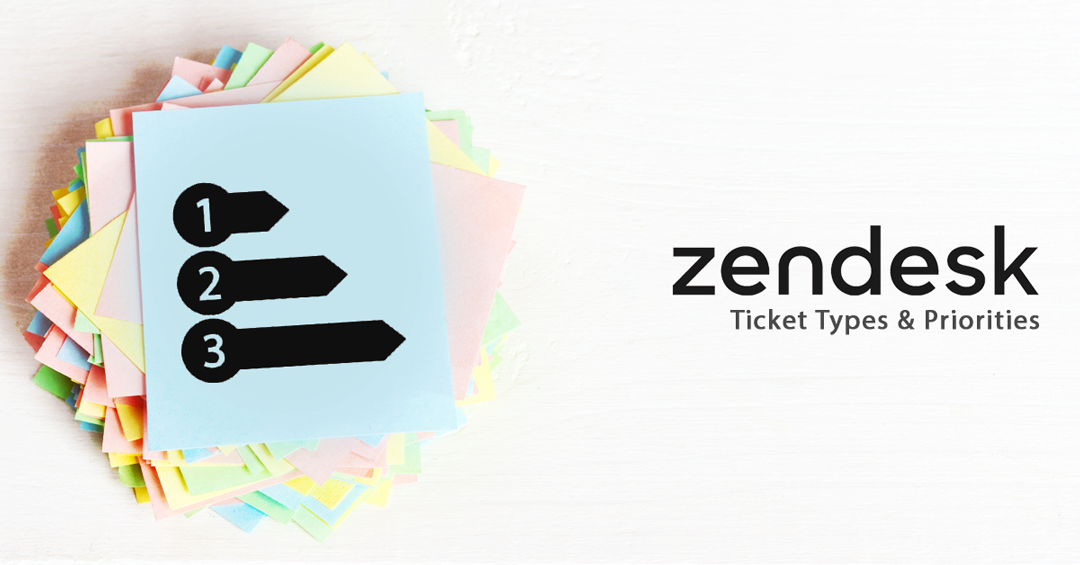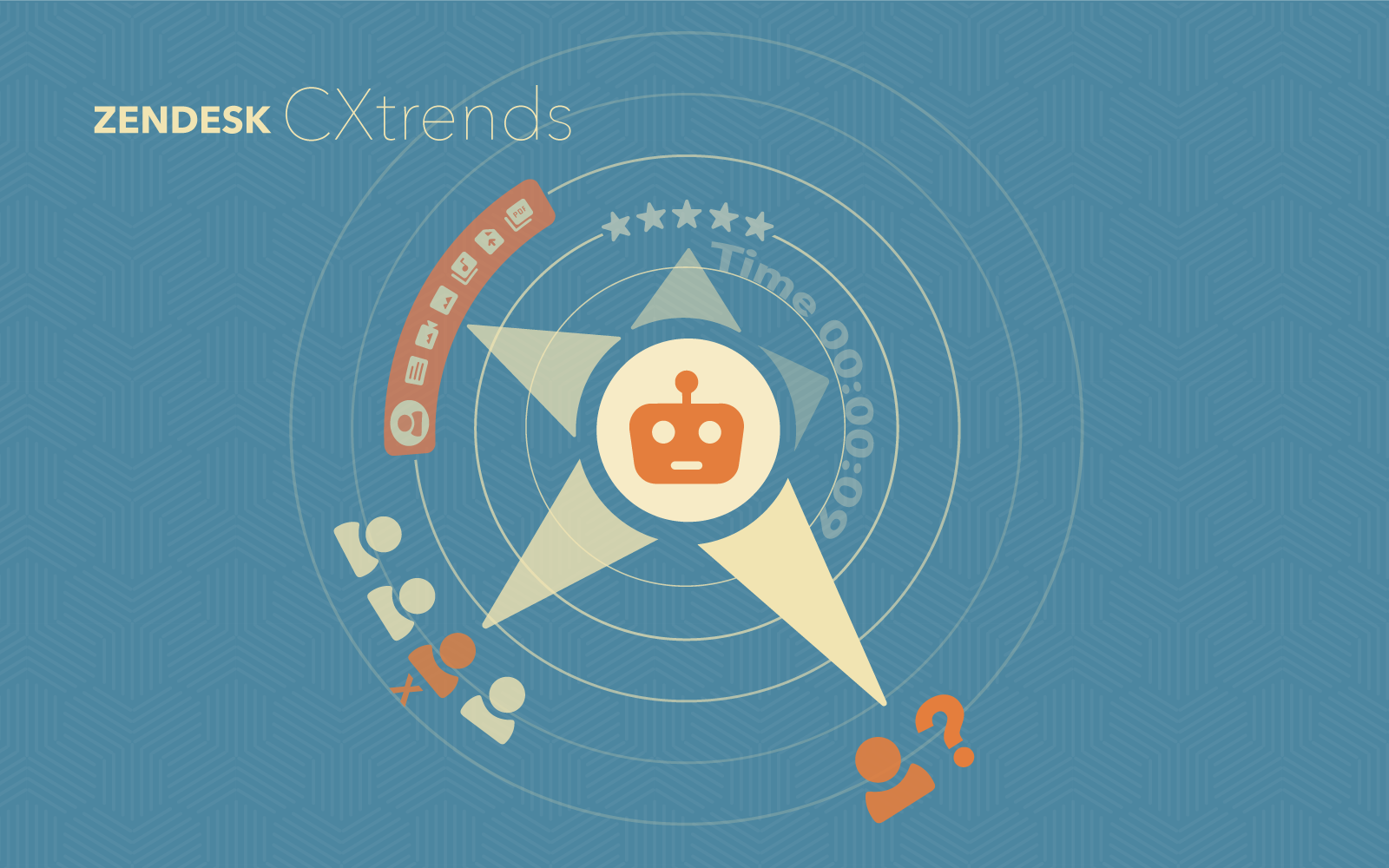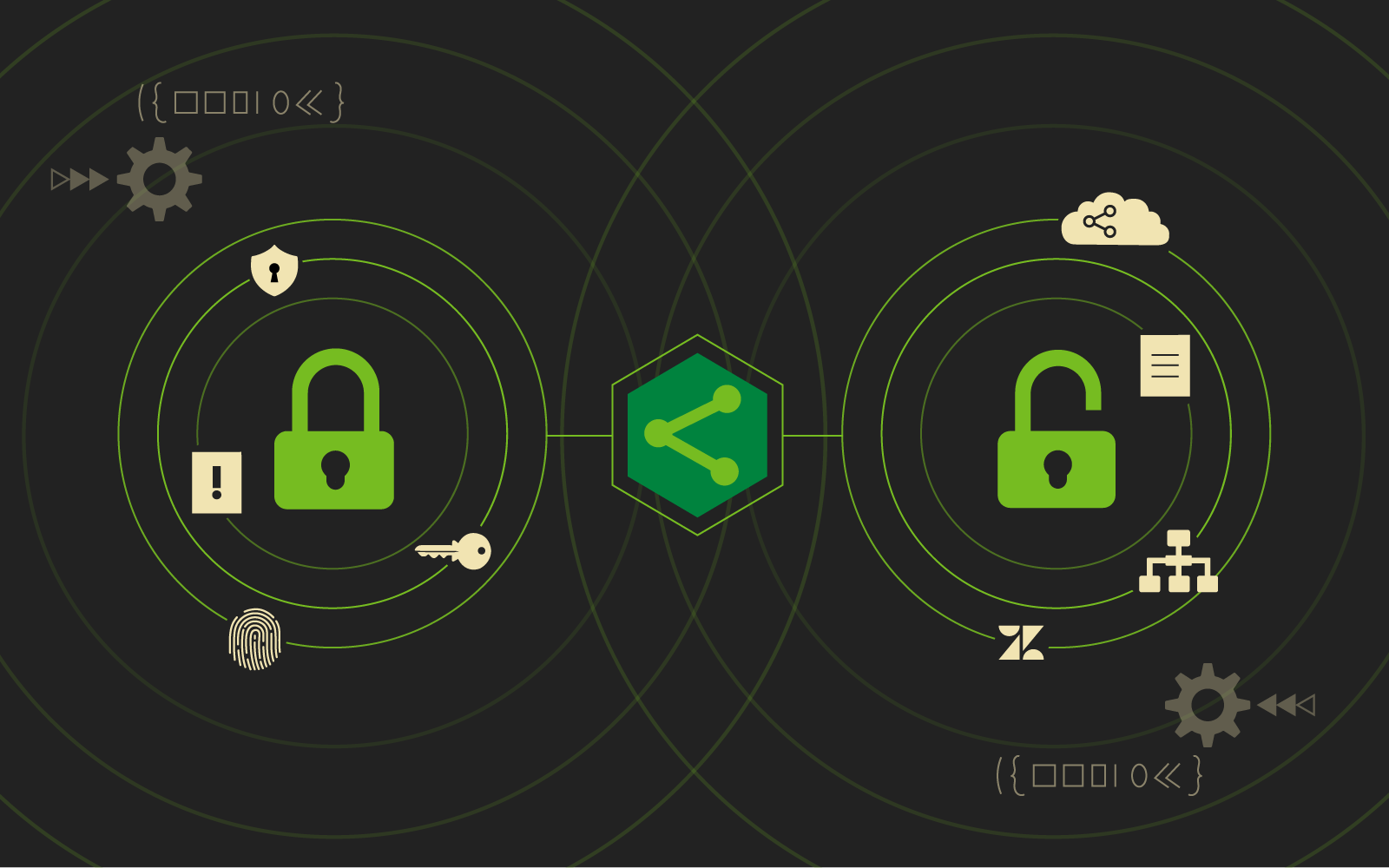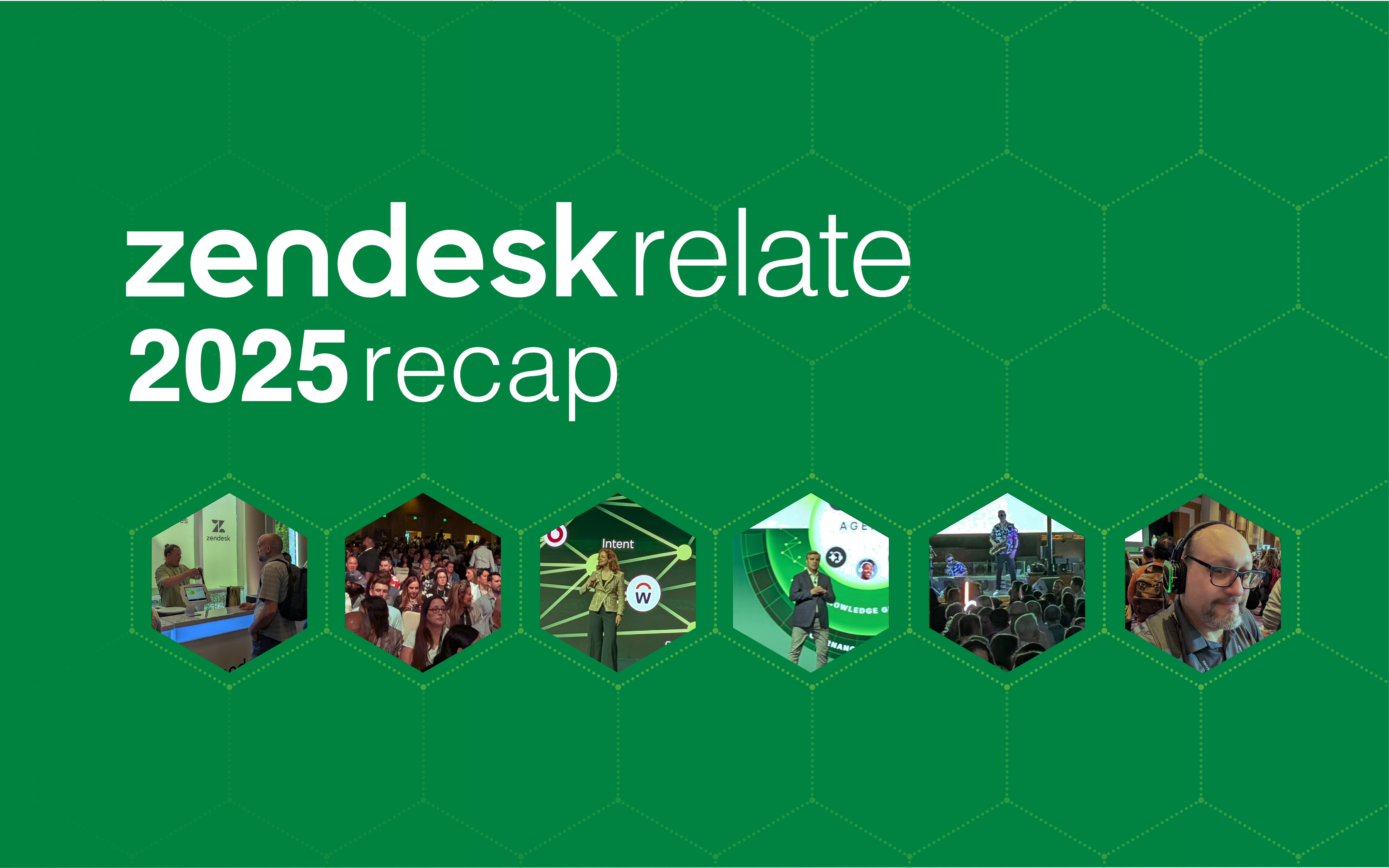Zendesk ticket types and what they mean for you
Each ticket that comes into Zendesk is automatically assigned a life cycle of New.
You can sort your tickets by their lifecycle designation to help prioritize your agents’ workflows and stay more focused.
Adding a Ticket Type is optional, but it can be very useful when you are designing the workflow for your Zendesk.
For example, Incident tickets are linked to Problem tickets, so when the problem ticket is solved, the Incident ones will be solved, too.
The four zendesk ticket types
An agent can select the Ticket Type when they are completing their first review of a ticket.
There are four Ticket Types that are pre-defined in Zendesk:
- Question
- Incident
- Problem
- Task
First, an agent will mark a ticket as a Question if it’s asking a question about something, as opposed to reporting a problem or an incident.
An example of a Question ticket type might be: “How do I reset my password?”
Next, a Problem is used when a customer/end-user has reported a problem that they’re having with your product or service.
A Problem ticket could be anything from “My order had an error in it” to “I can’t access the calendar page.”
An agent should use the Incident ticket type to make note of a problem that has been reported by more than one end-user or customer.
Zendesk will automatically change the Life Cycle Designation to “Solved” on each Incident ticket after the Problem ticket has been changed.
The Task designation is used to assign both a specific agent and a due date for a ticket.
By using a view of their own assigned work, an Agent will be able to see all of the Tasks assigned specifically to them, and when they are expected to have Solved the ticket by, so everyone stays on the same page.
And because you’ve read this far, here’s a little bonus… ticket priorities!
Ticket Priority lets you know what the level of urgency is for each ticket- it’s another optional designation that can be used to quickly convey more information about a ticket.
You can use Ticket Priorities when you’re setting up your workflow.
Customers can be allowed to set this value when filling out a ticket form, or the agent can set the designation when they’re doing their first review of the ticket.
There are four Priority Types that are pre-defined in Zendesk.
- Normal
- Low
- High
- Urgent
You can assign a ticket a Priority Type using whatever criteria your company determines internally. Do you have VIP customers?
If so, setting a Ticket Priority to “Urgent” will help you communicate the urgency and importance in resolving the ticket to the Agent assigned.
Other ways to set Ticket Priority might be:
- Length of time since the ticket was submitted
- A ticket that is about a specific issue
- The level of inconvenience a problem is for the customer
Ticket types and priorities can take you from Zendesk newbie to pro in no time. Play around and see if you can create more order in your Zendesk dashboard this way.
Zendesk is an amazingly powerful tool
Are you using it effectively? Download our Efficiency Checklist and find out!



